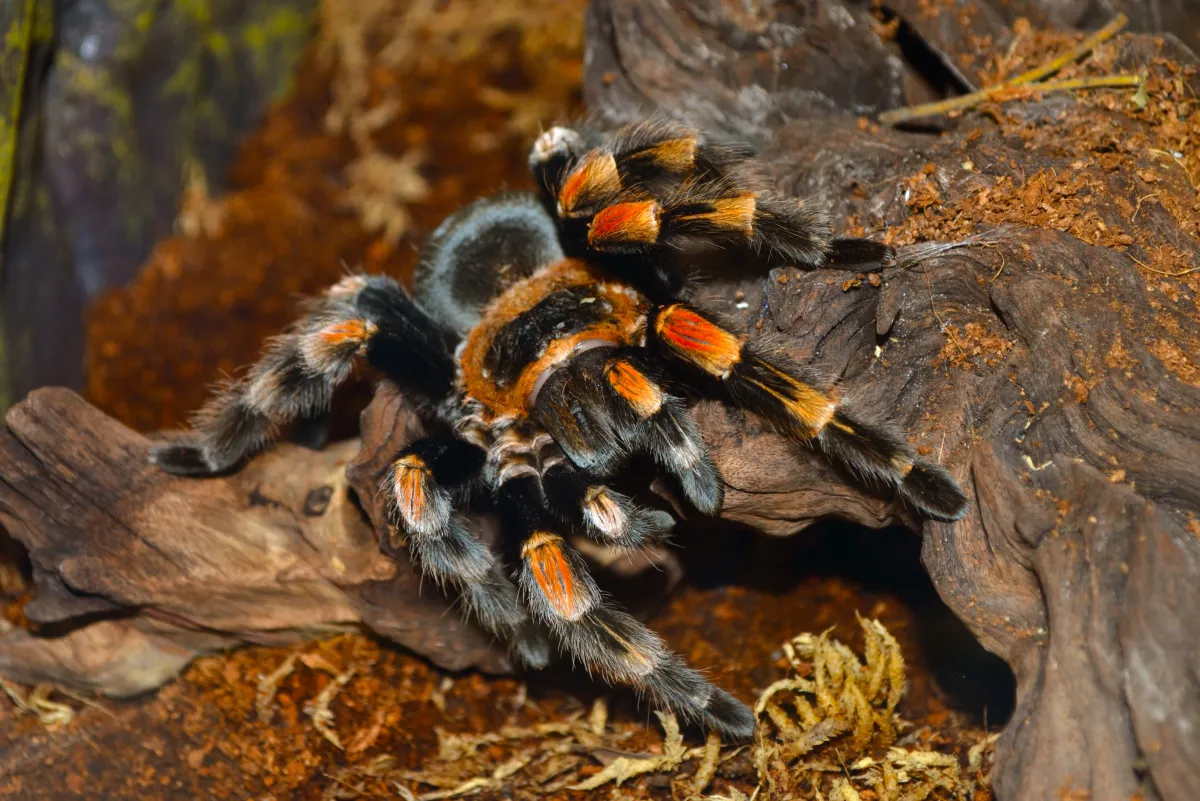Spiderling Care: Top 5 Essential Tips
Caring for a tarantula spiderling can be a rewarding experience, but it requires understanding and dedication. These tiny arachnids are delicate in their early stages, making proper care crucial for their survival and healthy development. This guide outlines five essential tips to ensure your spiderling thrives, providing insights into enclosure setup, feeding, hydration, handling, and the fascinating process of molting. Whether you’re a seasoned tarantula keeper or a complete novice, following these guidelines will set you on the path to successfully raising a thriving tarantula. Proper care not only ensures your spiderling’s well-being but also allows you to observe and appreciate the unique life cycle of these captivating creatures. Remember, patience and observation are key, as each spiderling has its own personality and needs.
Selecting the Right Enclosure
The enclosure is your spiderling’s home, and a suitable one is paramount. A well-chosen enclosure provides security, regulates the environment, and allows for observation. The size and type of enclosure will significantly impact the spiderling’s comfort and well-being. Avoid overly large enclosures, as they can make it difficult for the spiderling to find food and may increase the risk of falls, potentially harming the spiderling. The material should be transparent, allowing you to easily monitor your spiderling’s activities, and the design should ensure easy access for feeding, watering, and cleaning. The right enclosure provides a safe and comfortable environment, essential for the spiderling’s growth and development. Make sure the enclosure is escape-proof and has adequate ventilation to maintain a healthy environment.
Enclosure Size and Ventilation
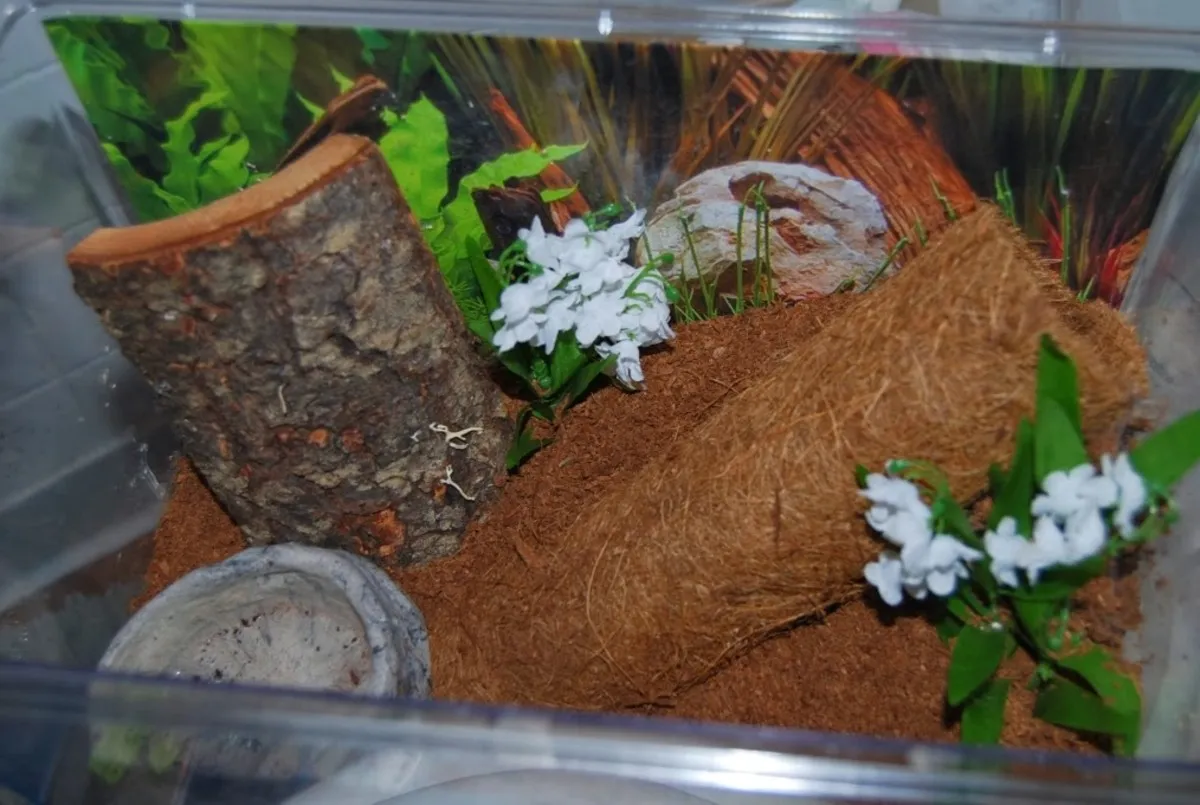
For spiderlings, a smaller enclosure is usually best, as they feel more secure. A deli cup with air holes or a small plastic container with a secure lid works well for very small spiderlings. As the spiderling grows, you can upgrade to a slightly larger enclosure. Ventilation is also extremely important. Proper ventilation prevents the buildup of mold and maintains healthy air quality. Ensure that the enclosure has cross-ventilation, with holes or mesh on opposite sides. Avoid enclosures that are completely sealed, as this can lead to the buildup of humidity and potential health issues for your spiderling. The size of the ventilation holes or mesh should be small enough to prevent the spiderling from escaping, but large enough to promote sufficient airflow. Choosing the appropriate enclosure size and ensuring proper ventilation are vital steps for successful spiderling care.
Substrate Choices for Spiderlings
The substrate serves as the floor of your spiderling’s home, providing a surface for burrowing, maintaining humidity, and offering a sense of security. The right substrate is essential for your spiderling’s health and well-being. Coconut fiber (coco coir) is a popular choice, as it retains moisture well, is relatively inexpensive, and is safe for spiderlings. Vermiculite and peat moss can also be used, but they should be mixed with other substrates to prevent excessive moisture retention. Avoid substrates with sharp edges or chemicals that could harm your spiderling. The substrate depth should be appropriate for the size of your spiderling, allowing it to burrow if it chooses. Regularly monitor the substrate for cleanliness and replace it periodically to prevent mold and maintain a healthy environment.
Importance of Humidity and Temperature
Maintaining the correct humidity and temperature levels is critical for the health of your tarantula spiderling. Many species thrive in moderate humidity levels, which can be achieved by lightly misting the enclosure or providing a water dish. The specific humidity requirements will vary depending on the species of tarantula. Regularly monitor humidity using a hygrometer. Ideal temperatures are usually between 75-85°F (24-29°C). Avoid placing the enclosure in direct sunlight or near heat sources that could cause extreme temperature fluctuations. Provide a thermal gradient, with one side of the enclosure slightly warmer than the other, to allow your spiderling to regulate its body temperature. Proper humidity and temperature are essential for successful molting and overall well-being. Use a thermometer and hygrometer to keep track of the enclosure’s environment.
Feeding Your Spiderling
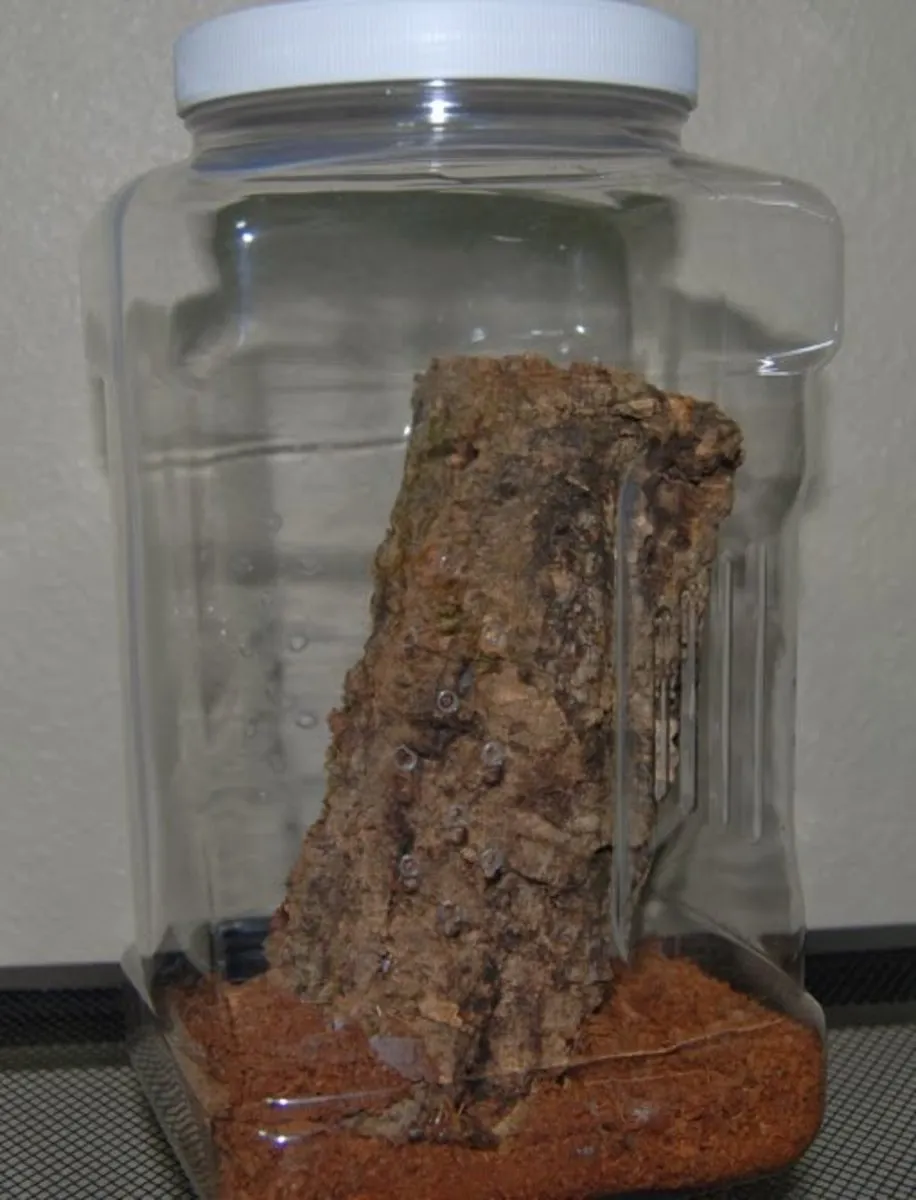
Providing the right food in the correct amounts is essential for a spiderling’s growth. Spiderlings have small appetites, but regular feeding is crucial. Overfeeding can lead to stress and health issues, while underfeeding can stunt growth. The type of food, the size of the prey, and the feeding frequency should be tailored to the spiderling’s specific needs and growth stage. Make sure the prey is safe and appropriately sized to avoid any danger of your spiderling being injured. The prey should also be live and active to stimulate the spiderling’s hunting instincts and ensure proper nutrition.
Appropriate Food Types and Sizes
Spiderlings primarily eat insects, such as fruit flies, pinhead crickets, or small mealworms. The size of the prey should be no larger than the spiderling’s abdomen. Avoid feeding your spiderling insects that are too large, as they may cause injury or stress. It’s better to offer several smaller prey items than one large one. Variety in the diet can be beneficial, but always ensure that the insects are gut-loaded (fed nutritious foods) before offering them to your spiderling, providing a balanced diet. Dusting the insects with calcium and vitamin supplements can also ensure your spiderling receives essential nutrients. The right food size will minimize stress and maximize the benefits of feeding.
Feeding Frequency and Techniques
Younger spiderlings often require more frequent feeding than older ones. Generally, feed spiderlings 2-3 times per week. Observe your spiderling’s behavior and adjust the feeding frequency accordingly. If it consistently refuses food, it may be preparing to molt. Place the prey item directly into the enclosure, making sure it is readily accessible to the spiderling. Remove any uneaten prey after 24 hours to prevent them from stressing or potentially harming your spiderling. If the spiderling appears to be eating, it’s a good sign that it’s healthy and thriving. Regular monitoring will enable you to provide the optimal feeding schedule.
Providing Water and Hydration
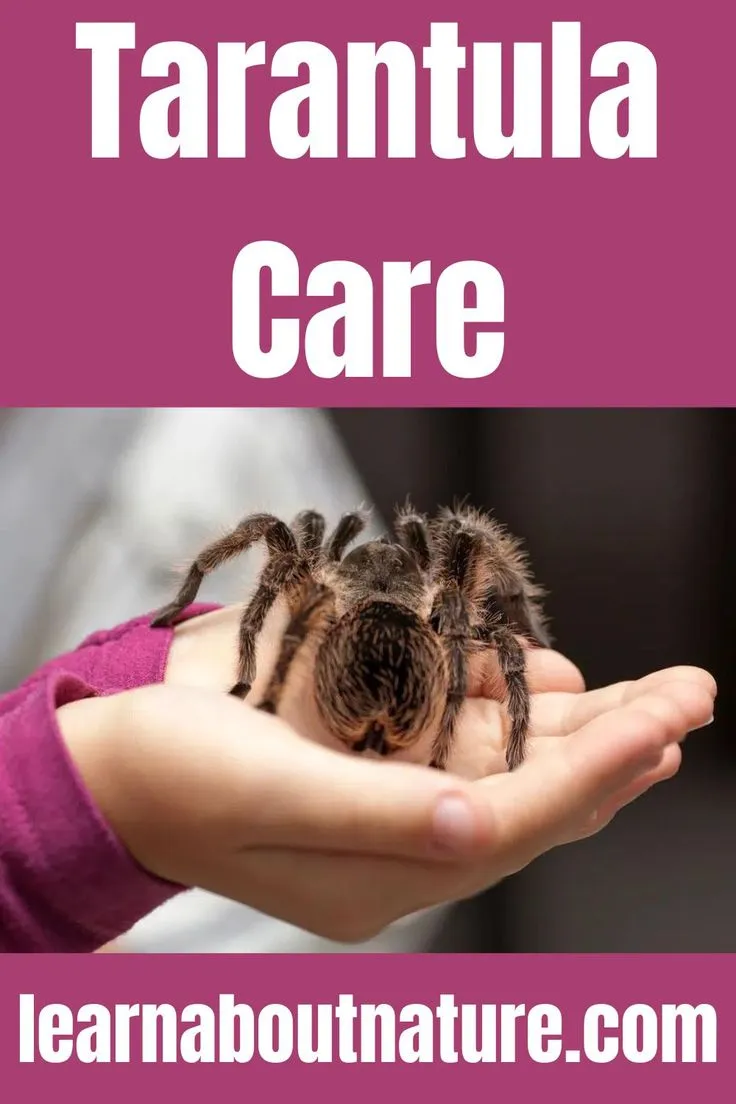
Hydration is as vital for tarantula spiderlings as it is for any living creature. While they obtain some moisture from their food, providing a consistent water source is essential for their health and well-being. Dehydration can lead to serious health problems. Make sure fresh water is always available, and your spiderling will be well-hydrated, especially when it’s preparing to molt or in dry environments. Proper hydration is crucial for the spiderling to thrive.
Watering Methods and Frequency
Spiderlings can be provided with water in several ways. A small, shallow water dish is a common and effective method. Use a bottle cap or a commercial water dish designed for small animals. Another option is to lightly mist the enclosure walls and substrate every few days, allowing the spiderling to drink the droplets. Avoid over-misting, as this can increase humidity to unhealthy levels. The frequency of watering depends on the species and the environmental conditions. A good rule of thumb is to provide water every 1-3 days and monitor the substrate’s moisture level. The water should always be fresh and clean to avoid the growth of harmful bacteria.
Water Dish Safety
Safety is paramount when providing water. Ensure the water dish is shallow to prevent the spiderling from drowning. Use a small, stable dish that cannot be easily tipped over. If you use a bottle cap, make sure it’s clean and free of any contaminants. Always clean and refill the water dish regularly to prevent bacterial growth and ensure the water is fresh. The water dish should be placed away from any heat sources or direct sunlight to avoid excessive evaporation. Monitoring water consumption and adjusting your methods if needed will ensure the well-being of your spiderling.
Handling and Safety Precautions
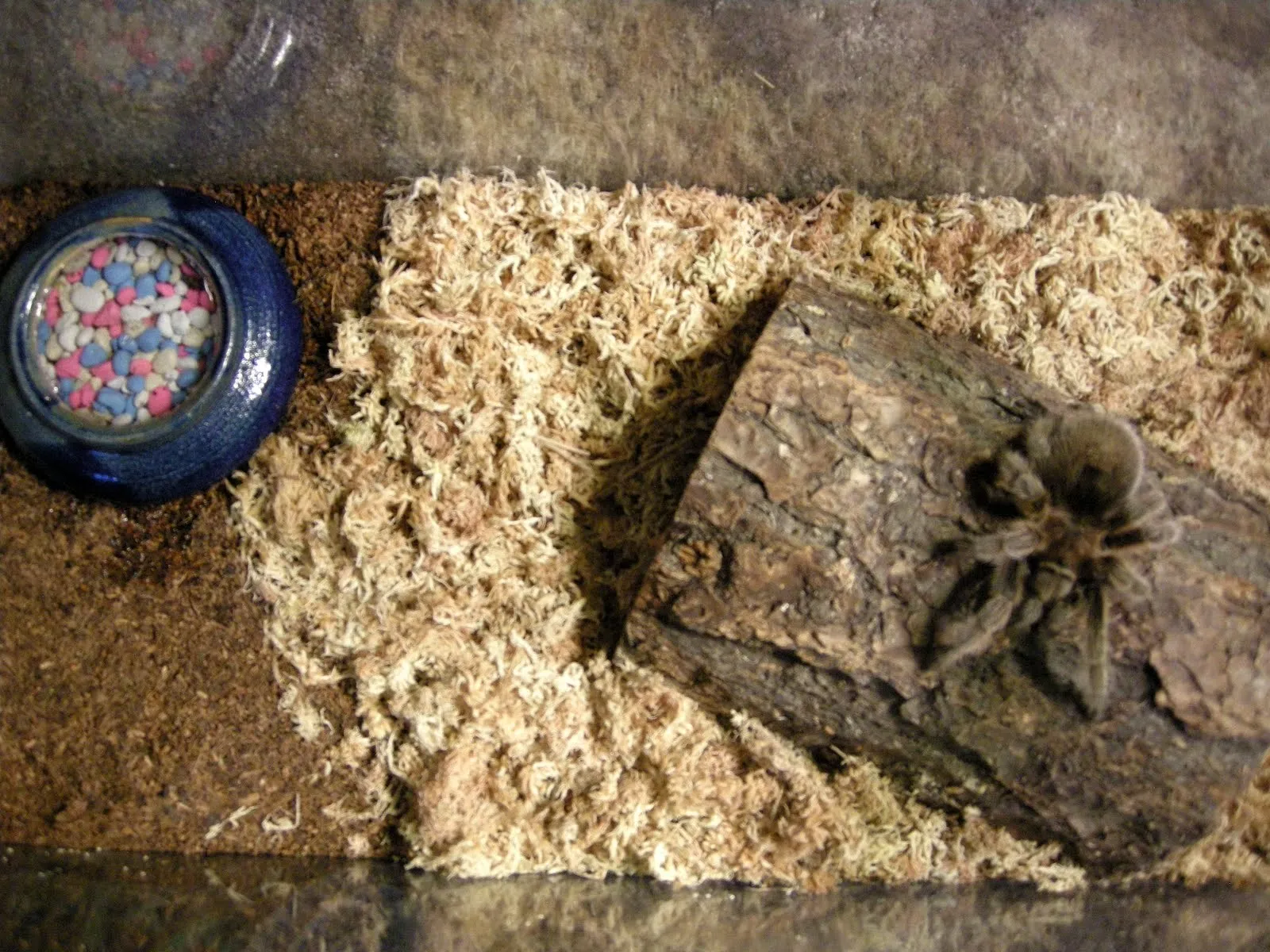
While tarantulas are generally not aggressive, handling spiderlings is not recommended unless absolutely necessary. Their small size and delicate bodies make them vulnerable to injury. Unnecessary handling can also stress the spiderling, potentially impacting its health. If you must handle your spiderling (e.g., during enclosure cleaning or relocation), do so with extreme care. Move slowly and gently, and always keep your hand close to the ground to prevent a fall. Make sure the spiderling is calm and not agitated before attempting to handle it. Remember, safety for both you and your spiderling should always be your top priority.
Minimizing Stress and Promoting Well-being
Spiderlings are sensitive creatures, and stress can negatively affect their health and well-being. Minimize stress by providing a secure environment, with appropriate temperature, humidity, and substrate. Avoid sudden movements, loud noises, or other disturbances near the enclosure. Provide ample hiding places, such as a piece of cork bark or a small hide, where the spiderling can retreat and feel safe. Handle the spiderling only when essential, and be gentle and cautious. By creating a calm and stable environment, you can reduce stress levels and promote a healthy, thriving spiderling. Regular observation and understanding your spiderling’s behavior will enable you to identify and address any potential sources of stress.
Understanding Molting and Growth
Molting is a natural and vital process for tarantulas, allowing them to grow and replace old exoskeletons. Spiderlings molt frequently, shedding their exoskeleton to reveal a new, larger one. This process is a sign of growth and a healthy spiderling. During molting, the spiderling is extremely vulnerable. Understanding the molting process and providing the right conditions will contribute to the spiderling’s long-term health and well-being. Knowing the signs of molting and providing appropriate support are crucial aspects of spiderling care. Being able to recognize the stages will enable you to minimize any interference and allow the spiderling to safely shed its old exoskeleton.
Recognizing Molting Signs
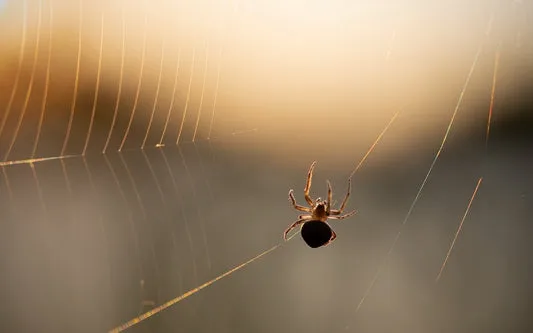
Several signs indicate that your spiderling is preparing to molt. The spiderling may become less active, stop eating, and retreat to its burrow or a secluded area. You might notice a change in the color of its abdomen, which may appear darker or more translucent. Some spiderlings will also construct a web mat in preparation for molting. During the premolt stage, it’s essential to avoid disturbing the spiderling. Refrain from feeding it, as the spiderling may not be able to consume the food, and remove any uneaten prey from the enclosure. Patience and observation are key during this sensitive period. Providing a stable environment with appropriate humidity and temperature will help ensure a successful molt.
Post-Molting Care
After molting, the spiderling’s new exoskeleton is soft and vulnerable. Do not disturb the spiderling for at least a week after the molt. Avoid feeding it immediately, as the fangs and chelicerae need to harden. Offer food after a week, but start with small prey items, as the spiderling may not have fully regained its hunting skills. Ensure the enclosure remains at the proper temperature and humidity to aid in the hardening of the exoskeleton. Providing a stable and undisturbed environment will allow the spiderling to recover and thrive. Monitor the spiderling’s behavior and feeding habits during this period. Successful post-molt care indicates the spiderling’s good health and will contribute to its continued growth.
